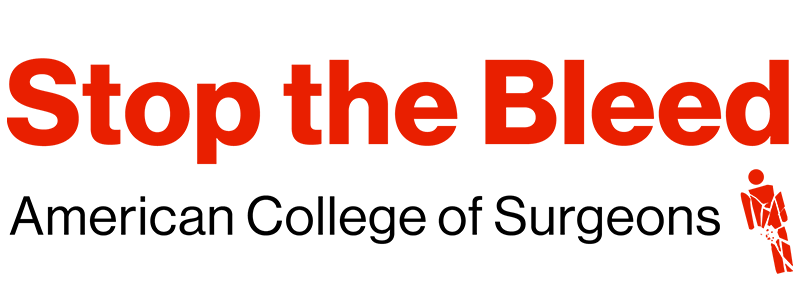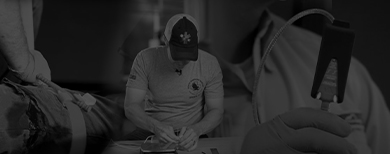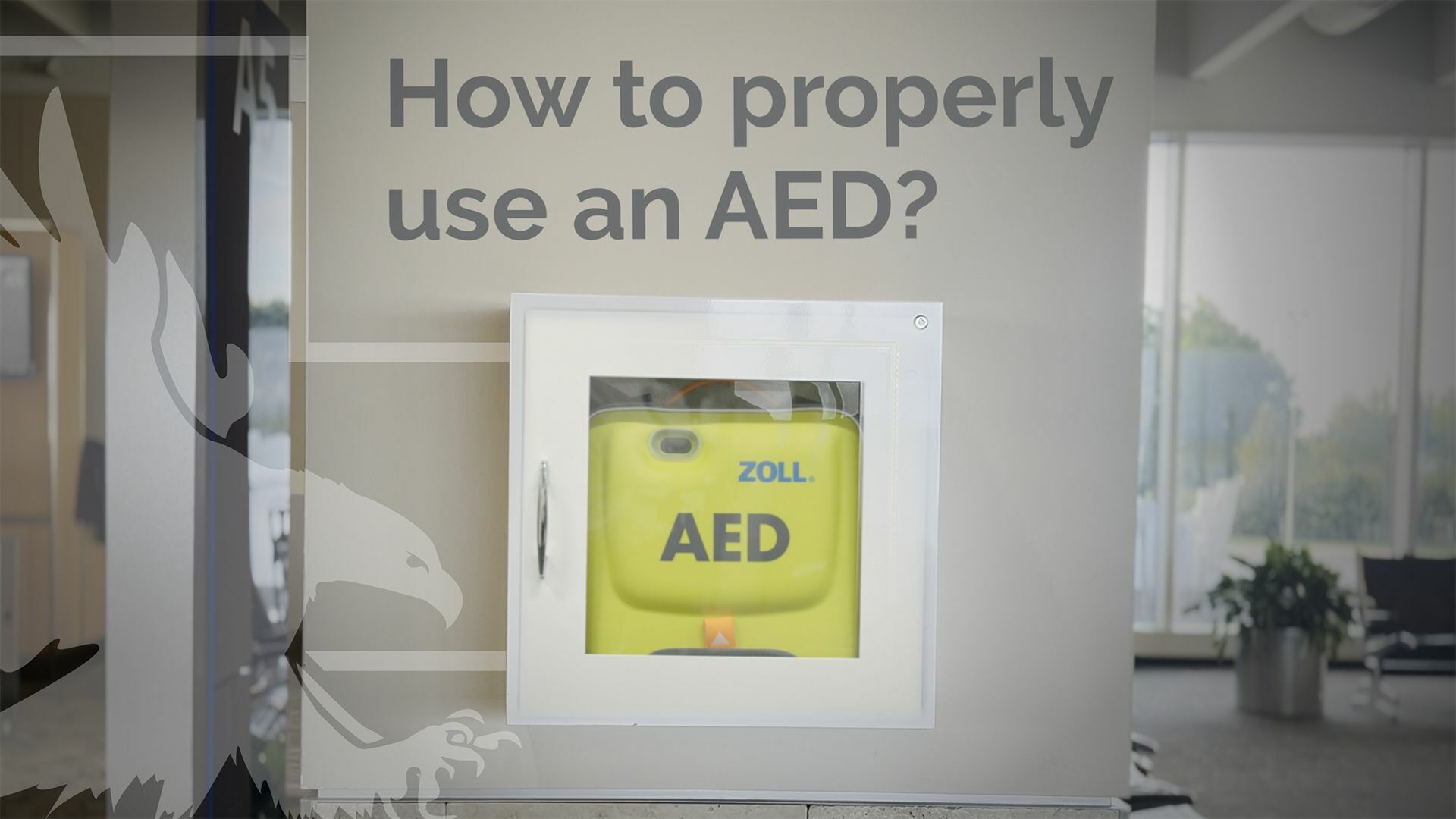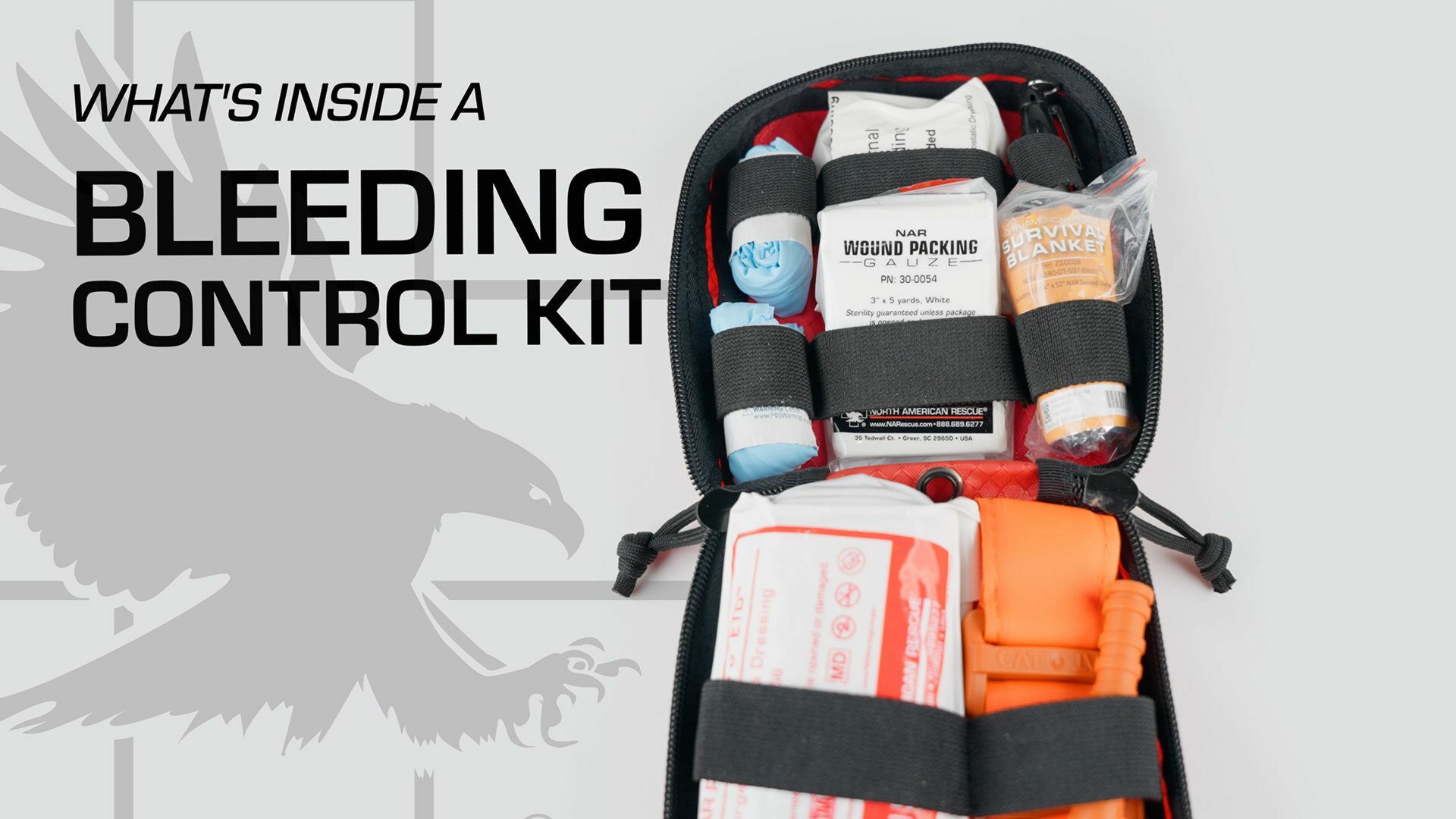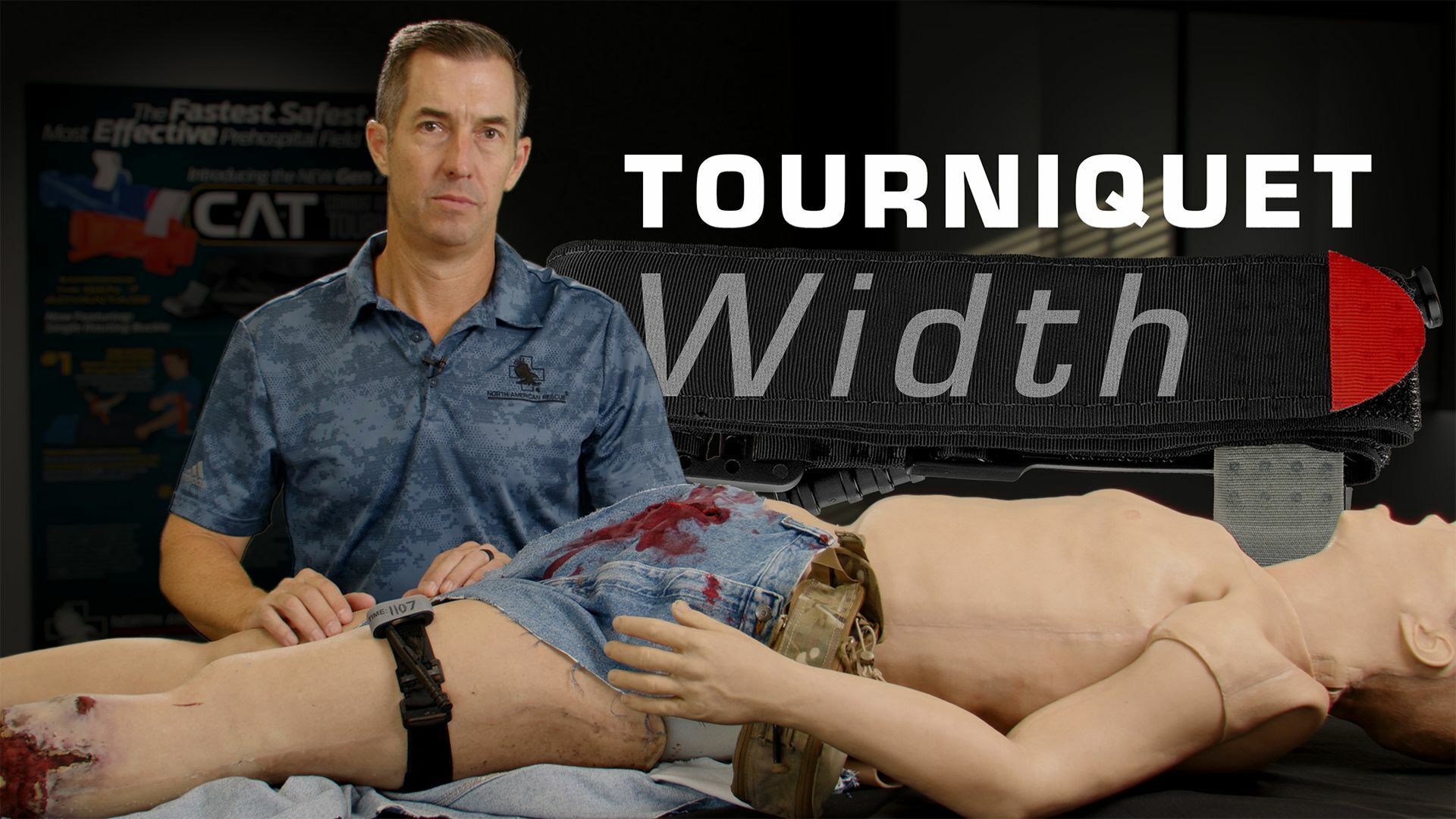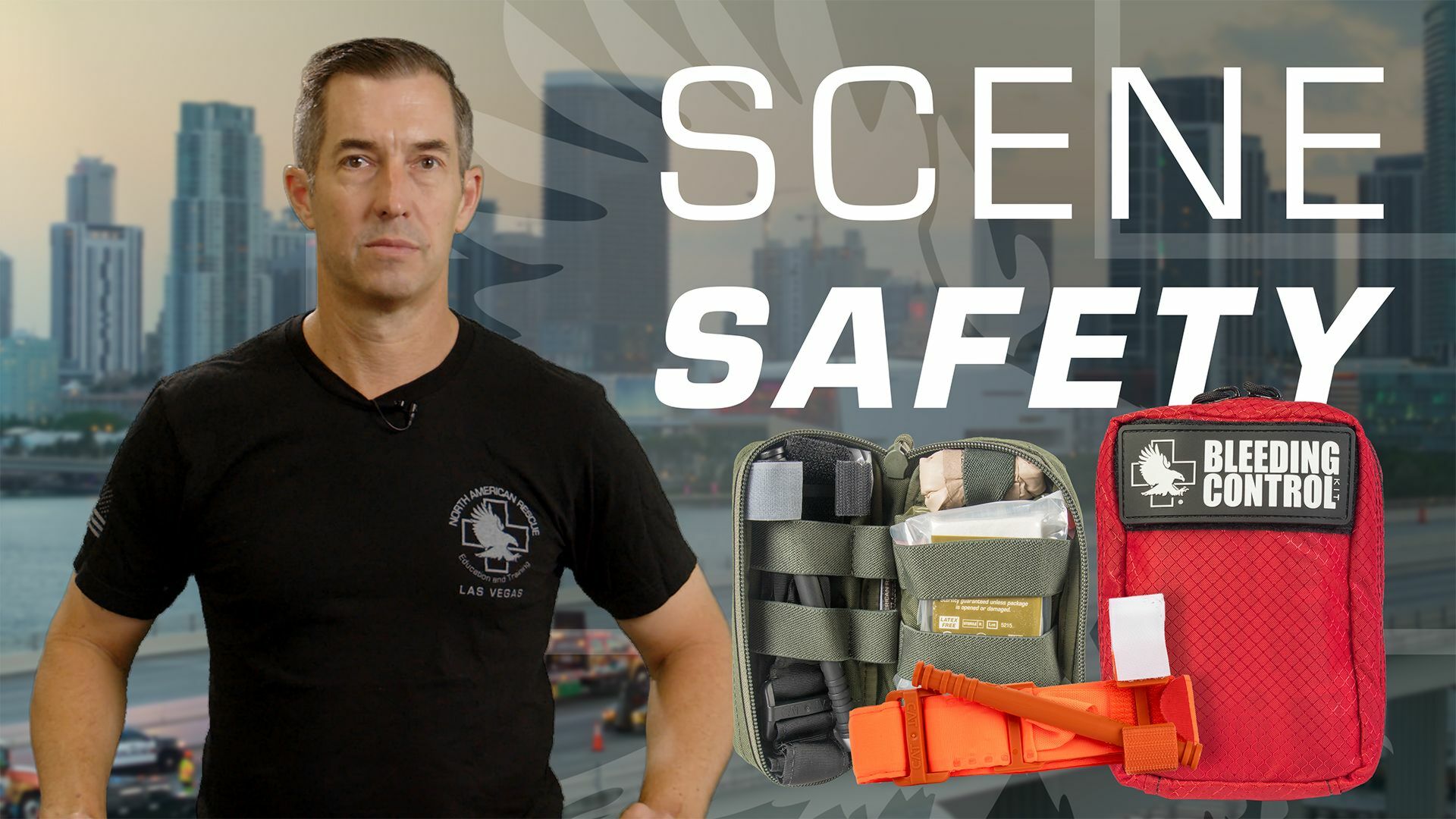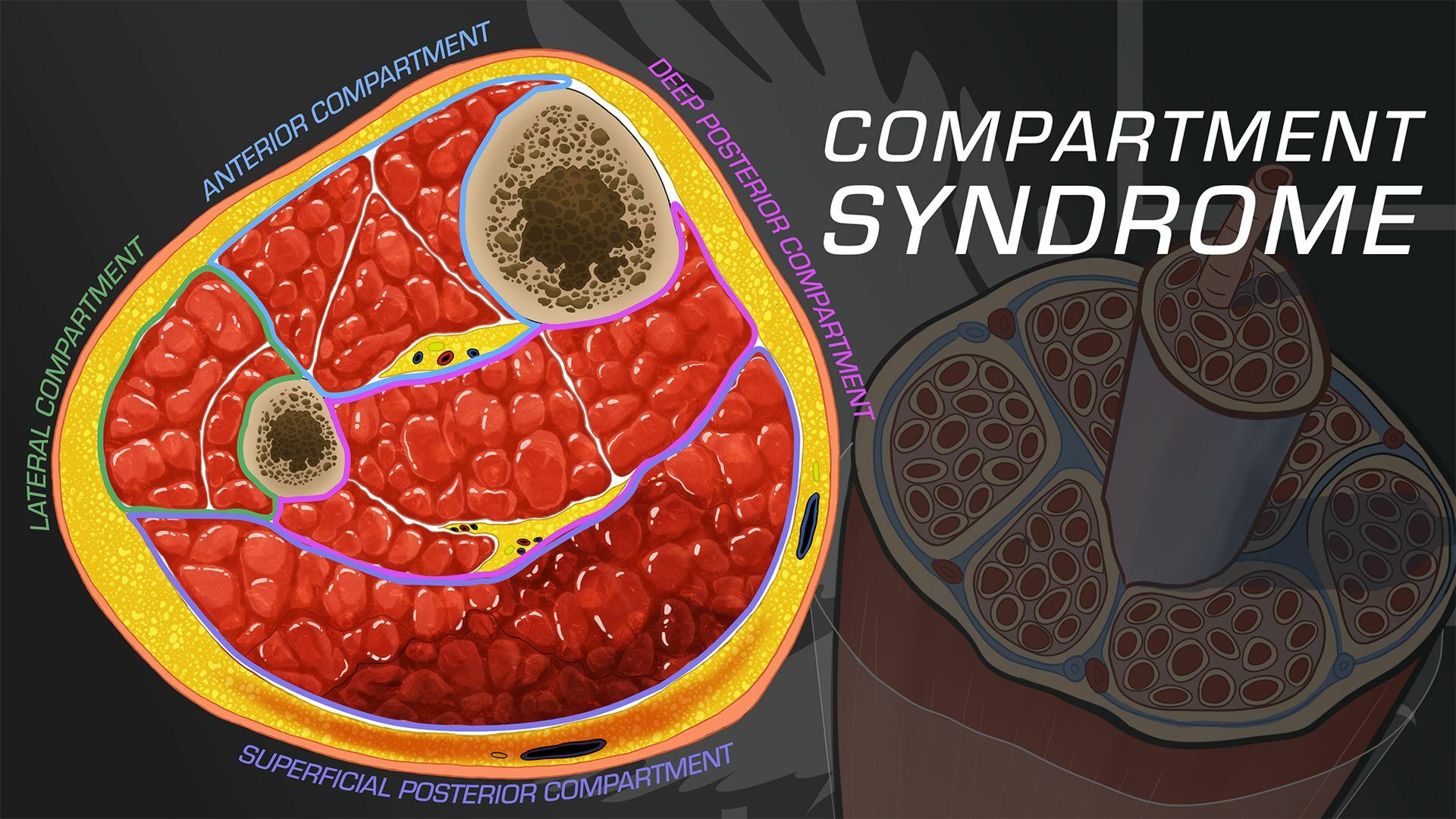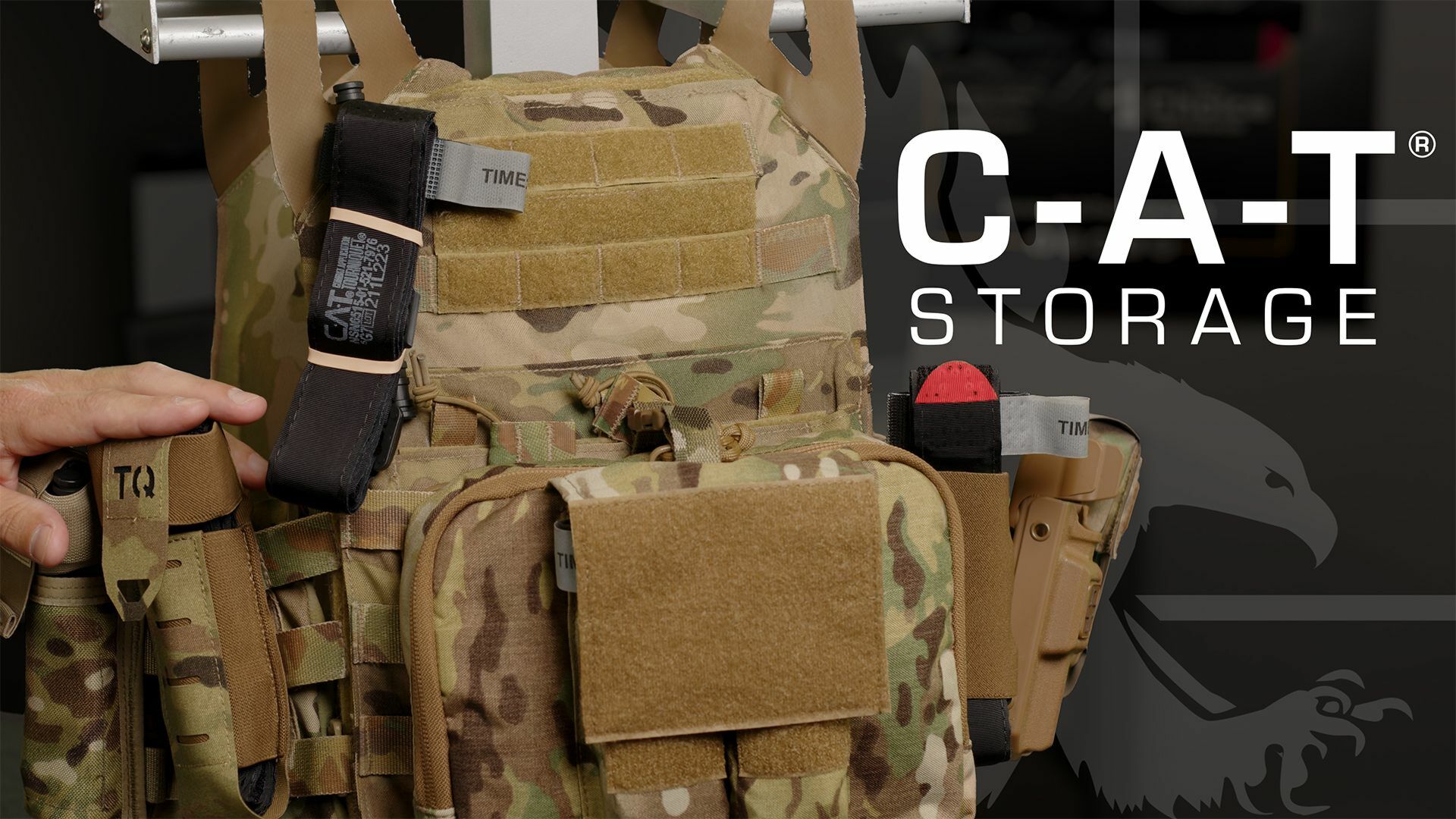NAR Doctor
Chief Medical Officer
Dr Ethan Miles is a board-certified Family Medicine Physician in Columbus, Georgia. He earned his undergraduate degree in Chemistry from Northern Arizona University. Following his undergraduate degree, Ethan commissioned as a US Army Officer and attended the Uniformed Services University of the Health Sciences where he received his Medical Degree. Following Family Medicine Residency at Darnall Army Medical Center in Fort Hood, Texas he completed the Ranger Assessment and Selection Program and was assigned in 2006 as the Battalion Surgeon for 3d Ranger Battalion and in 2009, the Regimental Special Troops Battalion, 75th Ranger Regiment. After 5 years of service as a Battalion Surgeon in the 75th Ranger Regiment with multiple combat deployments, Dr Miles attended the Naval Postgraduate School in Monterey, California. At NPS he earned his Master's Degree in Defense Analysis (Special Operations/Low Intensity Conflict) and was awarded the Hans Jones award for excellence in thesis research. Dr Miles again attended the Regimental Assessment and Selection Program and was selected to serve as the Regimental Surgeon for the 75th Ranger Regiment (US Army Special Operations Command). During his time as Regimental Surgeon (2013-2018), he deployed multiple times and served as Command Surgeon for the Joint Special Operations Task Force.
Additionally, during his time at 75th, he led the medical team in developing and implementing the first point of injury Whole Blood program for which he was awarded the US Army Greatest Innovation Award in 2017. After 5 years as Regimental Surgeon, Dr Miles went on to become the Maneuver Center of Excellence Command Surgeon overseeing the medical care and training of the largest Army training installation in the DoD. He also served as the chairman for the DoD TC3 Tier 2 (Combat Life Saver) curriculum re-write.
Dr. Miles is an Associate Professor Military/Emergency Medicine, Uniformed Services University of the Health Sciences, a Fellow of the Academy of Wilderness Medicine, and has his Diploma in Mountain Medicine. He is an Affiliate Faculty (TC3) for the National Association of Emergency Medical Technicians, a member of the Traumatic Hemostasis and Oxygenation (THOR) Network, he served as a voting member on the Committee for Tactical Combat Casualty Care, and currently serves on the Board of Directors for the Special Operations Medical Association.
His military decorations include Airborne wings, Air Assault wings, Flight Surgeon wings, Expert Field Medical Badge, Combat Medical Badge, Ranger Tab, Iraq Campaign Medal, Afghanistan Campaign Medal, Bronze Star Medal, Meritorious Service Medal and The Order of St. Maurice.
He currently serves as the Chief Medical Officer at North American Rescue.
Information cited from Precision Trauma, accessed 13 December 2023, .
